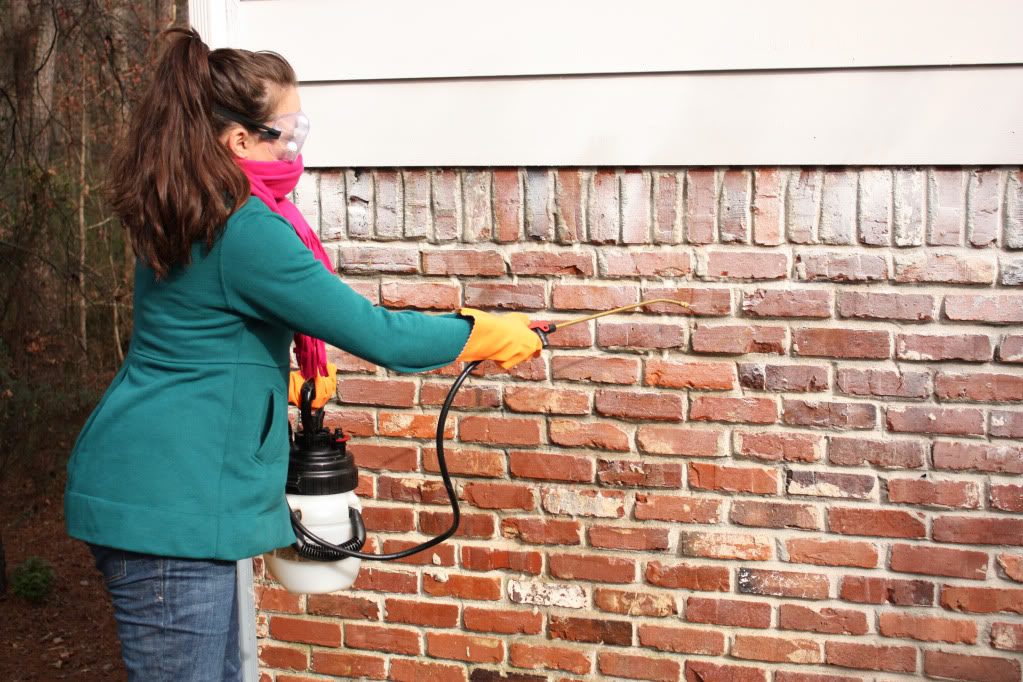
Antique or vintage brickwork carries an undeniable charm. Whether it’s a historic home, an old garden wall, or a century-old storefront, these bricks tell a story — and deserve to be preserved with care. 🕰️ However, when it comes to cleaning them, power washing can do more harm than good if not done correctly.
In this guide, we’ll walk through what you should and shouldn’t do when power washing old brickwork, and how to protect its beauty, structure, and legacy. 🧼
🧠 Why Vintage Brick Is So Vulnerable
Unlike modern bricks, vintage bricks were often made using softer clay, fired at lower temperatures, and may include lime-based mortar. Over time, exposure to the elements can cause:
- Flaking and chipping (called spalling)
- Crumbling mortar joints
- Moss, mildew, and staining
- Structural instability
When power washing is done improperly, it accelerates deterioration — especially when high PSI or harsh chemicals are involved.
🚫 What to Avoid When Power Washing Antique Brick
Before we go into the safe methods, let’s highlight the biggest mistakes people make:
❌ 1. Using High Pressure
Never exceed 500–600 PSI on antique brick. Many commercial power washers blast out 2,000+ PSI, which can gouge soft brick faces, dislodge mortar, and even fracture old brick.
❌ 2. Narrow Spray Tips
Avoid 0-degree or 15-degree nozzles. These focus too much pressure in one spot. Use a wide-angle (40-degree or more) spray for a softer, more dispersed stream.
❌ 3. Harsh Chemicals
Avoid bleach, acid-based cleaners (like muriatic acid), or degreasers unless professionally advised. These can erode both the brick and the mortar, and leave behind white powdery stains (efflorescence).
❌ 4. Ignoring Mortar Condition
If the mortar is crumbling or missing, water can seep behind bricks and lead to internal moisture damage. Always repair the joints first with appropriate tuckpointing techniques before cleaning.
❌ 5. Power Washing When It’s Too Cold
Washing during freezing temps can trap water in the bricks, which then freezes and expands — leading to cracks.
✅ Best Practices for Cleaning Old Brickwork
Here’s how to clean old brick safely and effectively:
🧰 Tools & Supplies
- Low PSI pressure washer or soft wash system
- 40-degree wide fan tip
- Mild detergent or brick-safe cleaner
- Soft-bristle brush
- Garden hose with spray nozzle
- Tarp or drop cloths (to protect nearby landscaping)
- Safety goggles and gloves
Browse Amazon Here For Soft Washing Equipment And Accessories
🧽 Step-by-Step Safe Cleaning
1. Inspect First
Look for cracks, missing mortar, bulging bricks, or any signs of structural weakness. Take photos to track any changes during or after cleaning.
2. Patch or Repoint Mortar
If needed, repoint mortar joints using lime-based mortar, which is historically accurate and more flexible than modern cement mortars. Let it cure for at least a week before any washing.
3. Pre-Wet the Surface
Saturate the bricks with water using a hose before applying detergent. This helps reduce detergent absorption and prevents streaking.
4. Apply Gentle Detergent
Use a non-acidic, masonry-safe cleaner. Let it dwell on the surface for 5–10 minutes — but never let it dry out. Avoid direct sun when applying.
5. Use Low Pressure Rinse
Spray the wall using your wide nozzle, keeping the wand at least 2 feet away. Work from the bottom up to avoid streaks and rinse from top down afterward.
6. Hand-Scrub Trouble Spots
Use a soft-bristle brush (never a wire brush!) to gently scrub moss, mold, or stubborn stains. Rinse again afterward.
7. Dry & Inspect
Let the bricks fully dry over 24–48 hours. Inspect for any new signs of damage, and reapply mortar or sealants if needed.
🌿 Eco-Friendly Tips
Older buildings are often surrounded by gardens, historic landscaping, or city infrastructure. Be mindful by:
- Using biodegradable detergents
- Avoiding overspray on plants or painted surfaces
- Catching runoff when near sewers, lakes, or waterways
Bonus: Using soft washing systems (which combine low pressure and specialty detergents) is both safe and sustainable.
Browse Amazon Here For Biodegradable Pressure Washing Detergents
🏛️ When to Call in a Professional
For significant or historically registered properties, it’s wise to consult with:
- Historic preservation specialists
- Masonry restoration companies
- Power washing companies with brick preservation experience
They’ll often use steam cleaning, Doff/Torc systems, or other specialized low-impact methods approved for antique surfaces.
📸 Don’t Forget the Before & After
With the right technique, old brick can look decades younger after a gentle cleaning — without sacrificing character.
Document the results with photos, especially for historic societies, municipal records, or your own portfolio. These transformations are often visually dramatic, and great for marketing if you’re a cleaning pro.
🧱 Final Thoughts
Antique and vintage brickwork deserves more than a brute-force blast with a pressure washer. While power washing can be used safely, it requires low pressure, patience, and a gentle hand. When in doubt, go slower, go softer, and respect the craftsmanship of the past.
Preserve the past — don’t pressure it away. 💧🧼
Browse Amazon Here For Soft Washing Equipment And Accessories



